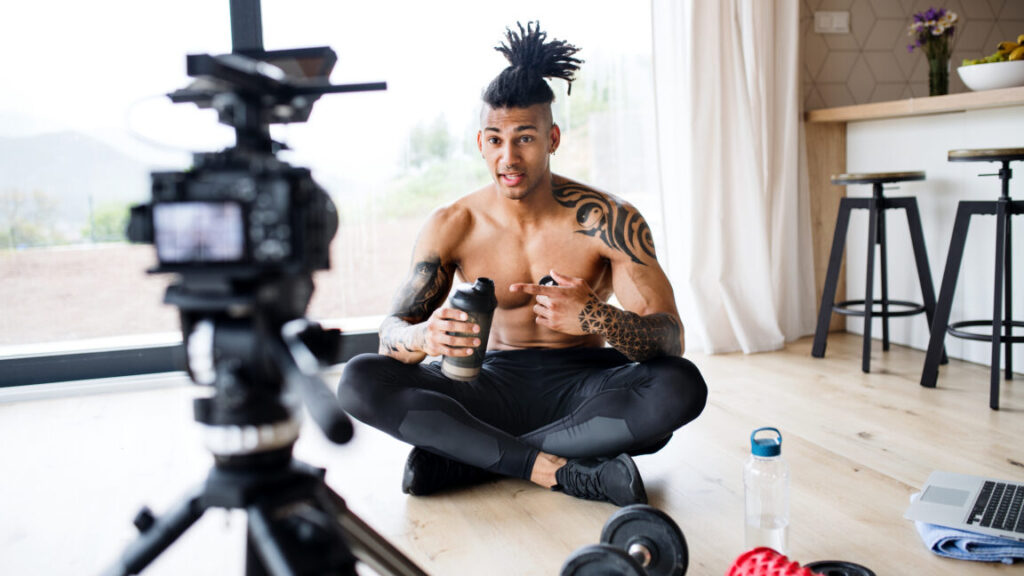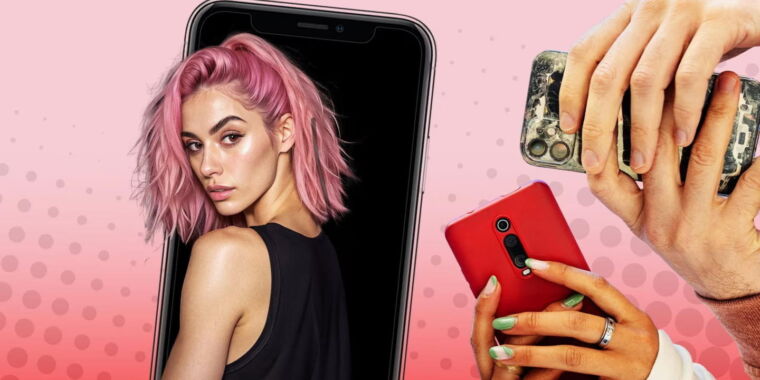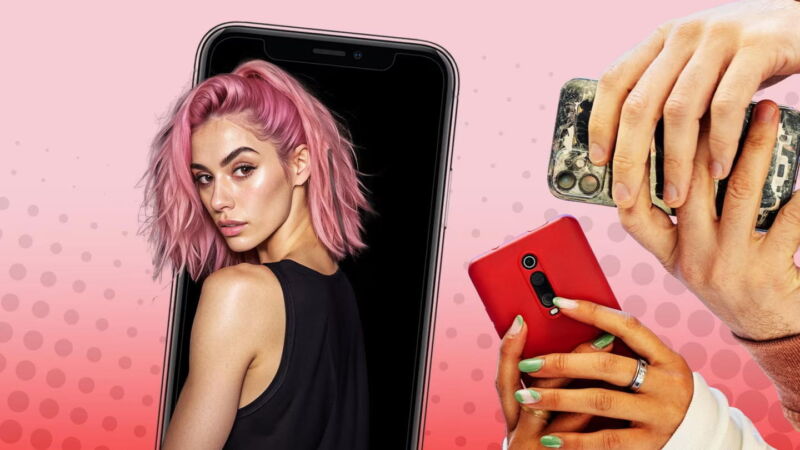Why being too attractive can hurt fitness influencers
This suggests that humility can be a powerful communication tool for influencers who might otherwise seem “out of reach.”
Why it matters
Fitfluencers depend on their appearance as a kind of credential. A sculpted physique signals expertise in health and wellness. But engagement isn’t just about how good someone looks on camera. It’s about whether followers feel they can connect with them.
This is where relatability comes in. Audiences connect with fitfluencers who feel like real, reachable versions of themselves. But extreme attractiveness does the opposite: It turns an attainable goal into an impossible ideal, and what should inspire instead alienates.
This effect aligns with classic social comparison theory. People judge themselves in relation to others. If the gap between self and fitfluencer seems too wide, comparisons become discouraging, not motivating. In other words, the more “perfect” the fitfluencer looks, the less followers believe they can realistically be like them—and the less likely they are to engage.
Social media platforms have been taking note. These days, TikTok, Snapchat, and other outlets build their appeal on candid, authentic content over polished, airbrushed imagery. In this new landscape, perfection can be a liability.
Our research shows that extreme attractiveness might grab attention but can undermine connection, the true currency of the influencer economy. For brands and creators, the takeaway is clear: Success may depend less on looking flawless and more on sounding real.
What’s next
Our findings raise new questions about how beauty shapes influence online.
For instance, gender appears to matter. In a follow-up study, highly attractive female fitness influencers faced stronger backlash than equally attractive men, perhaps reflecting a broader social tendency to judge women’s looks more harshly. Future research could explore whether similar biases apply to other visible traits, such as race or disability.
The effect may also extend beyond fitness. Industries built around appearance—fashion, beauty, or lifestyle content—could show the same pattern.
Finally, not all audiences respond alike. People new to fitness or younger users still forming their identities may be especially prone to negative comparisons with highly attractive fitfluencers. Understanding these differences could help creators and platforms foster healthier engagement online.
Justin Palmer contributed research for this article as an undergraduate.
Andrew Edelblum is Assistant Professor of Marketing at the University of Dayton and Abby Frank is a Ph.D. Candidate at the Lundquist College of Business, University of Oregon.
This article is republished from The Conversation under a Creative Commons license. Read the original article.
Why being too attractive can hurt fitness influencers Read More »


